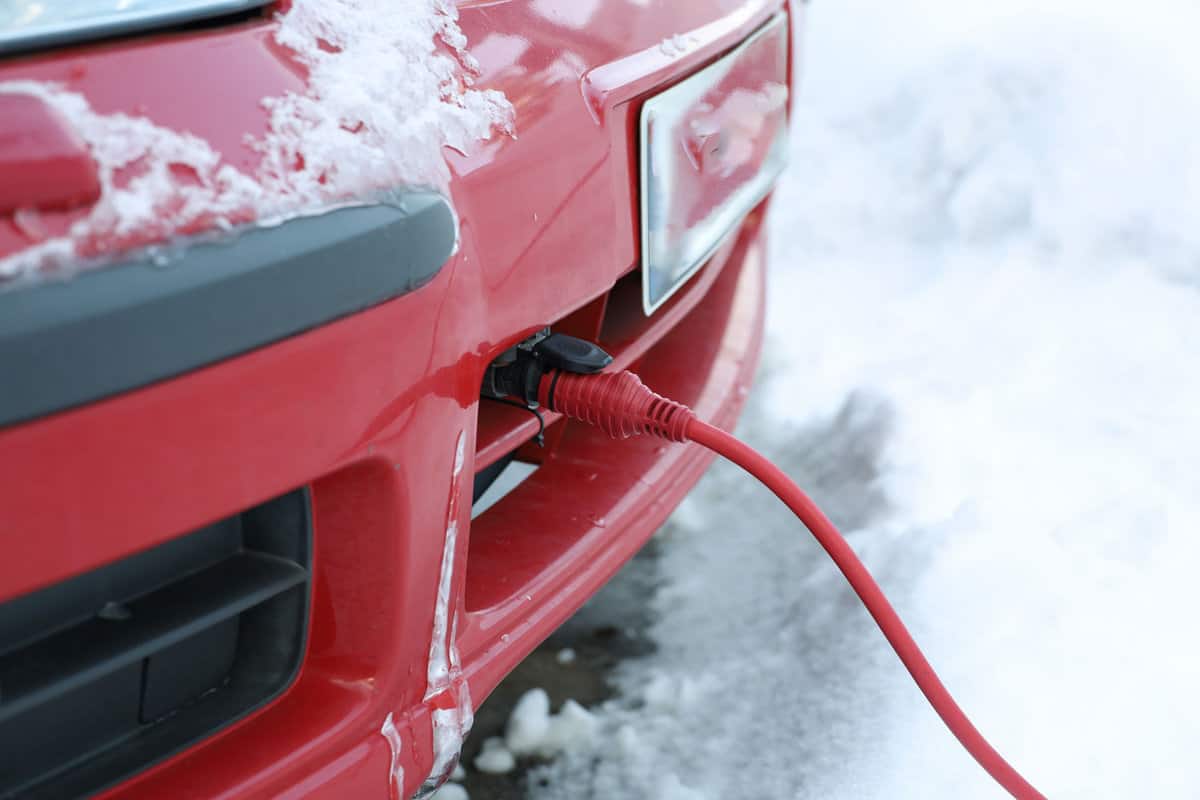A block heater is a popular accessory for car owners in cold climates, as it allows a car's engine to warm up quickly and efficiently in freezing temperatures. But have you ever wondered how much power these devices use? We did some research, and here’s what we found.
On average, an engine block heater will draw between six and 20 amps. The power a block heater uses will vary depending on the size of the engine and the outside temperature.
There is more to know about the power usage of a block heater. Continue reading, as we will provide more in-depth details. In addition, we will answer some frequently asked questions regarding block heaters.
How Many Amps Does An Engine Block Heater Use?
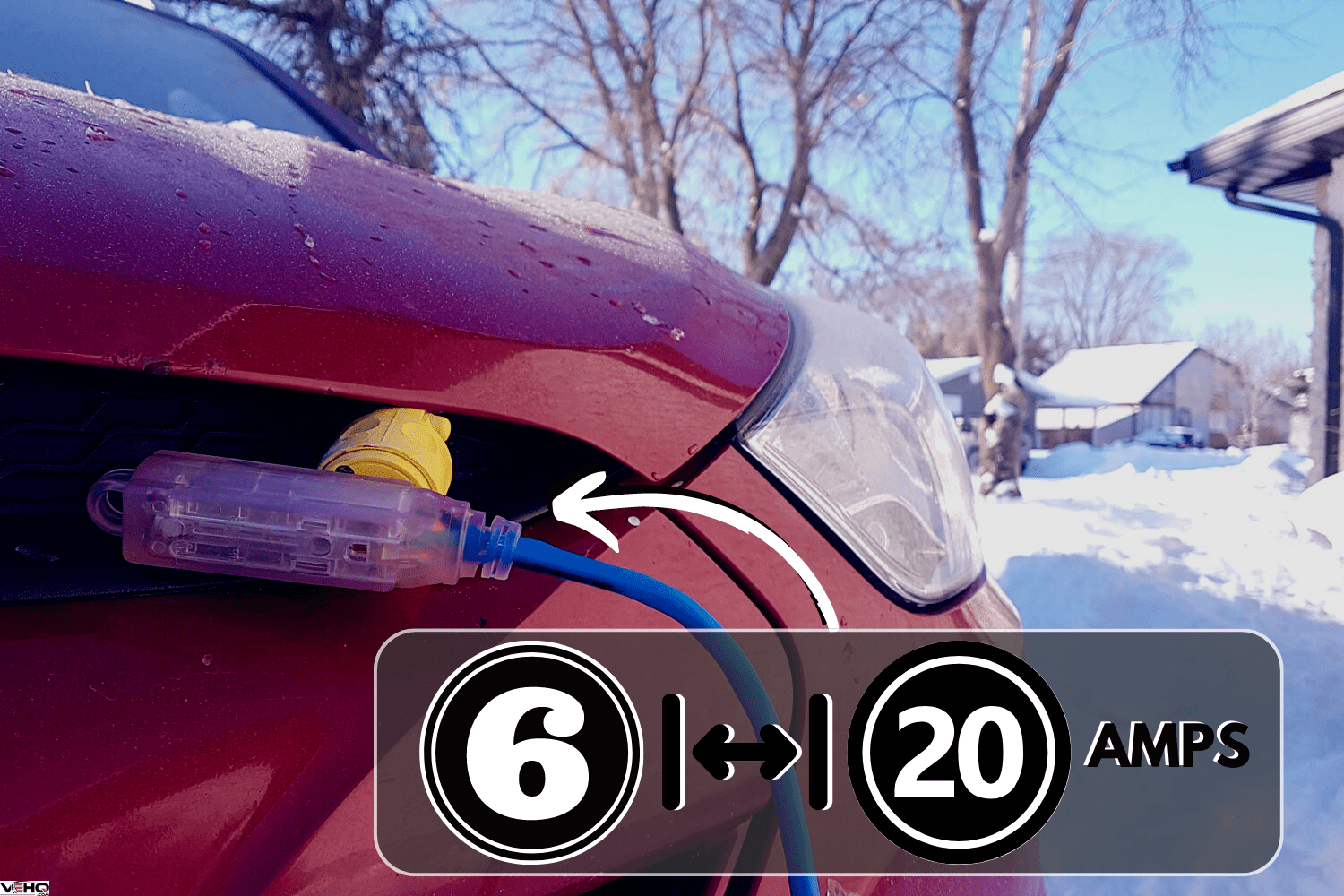
During cold weather, an engine block heater can warm up the engine of a vehicle prior to starting. The device consists of an electric heating element that is inserted into a hole in the engine block and connected to a power source, such as an outlet or extension cord.
The heat generated by the element warms up the metal of the engine block, which in turn warms up the engine oil, making it easier to start the vehicle and reducing wear on the engine.
Additionally, the heater can help to decrease emissions and fuel consumption by allowing the engine to reach its normal operating temperature more quickly.
The power consumption or amperage used by an engine block heater can vary depending on the specific model and the size of the engine it is used on.
In general, an engine block heater may draw between six and 20 amps. The power consumption of the heater can be affected by the temperature of the engine block, the ambient temperature, and the duration of use.
So the actual power consumption of an engine block heater may be different from the specifications provided by the manufacturer.
How Long Should An Engine Block Heater Be Plugged In?
The amount of time needed to heat an engine block with a block heater can vary. Typically, it is recommended to plug in the block heater for a maximum of four hours prior to starting the vehicle.
You should also plan on leaving your vehicle plugged in for at least two hours to ensure that it starts. To summarize, depending on how cold it is, two to four hours should be sufficient time to leave your engine block heater plugged in.
If the temperature is warm and you don't expect it to drop below freezing, it may not be necessary to use your engine block heater. Doing so might run up your power bill and harm your engine or the block heater itself.
How Hot Does A 200-Watt Block Heater Get?
The maximum temperature that a typical 200-watt block heater can reach is usually in the range of 300-400°F. The device is designed to provide gentle, steady heat rather than a sudden burst of high heat.
Can A Block Heater Make The Engine Last Longer?
A block heater can help extend the life of an engine by making it easier to start in cold weather. When the engine is cold, the oil is thicker and does not flow as easily to lubricate the moving parts. This can put extra stress on the engine and cause wear and tear.
A block heater warms the engine block and oil before starting, reducing this stress and prolonging the engine's life. However, this is not a direct cause-and-effect relationship. Proper maintenance and usage also play a vital role in prolonging an engine's life.
Using a block heater to preheat the engine also means the battery is not required to work as hard to start the engine, which can help prolong its life.
Here are some best practices to help your block heater prolong battery and engine life.
- Use a timer for your block heater so that it only turns on a few hours before you plan to start your vehicle.
- Park your car in a sheltered area like a garage to protect your vehicle's battery from extremely cold temperatures.
- Make sure your battery is clean, and the terminals are securely connected. Take care of any corrosion on the terminals, which can prevent the battery from charging properly.
- If your battery is more than three years old, it may be a good idea to have it tested to ensure it is still in good working condition.
- Consider using a battery blanket to warm your battery during freezing weather.
- Avoid short trips, as they do not allow the engine and battery to reach their optimal operating temperatures.
- Make sure your battery has enough charge. If the battery is low, it will not start the engine.
Can A Block Heater Improve Fuel Economy?
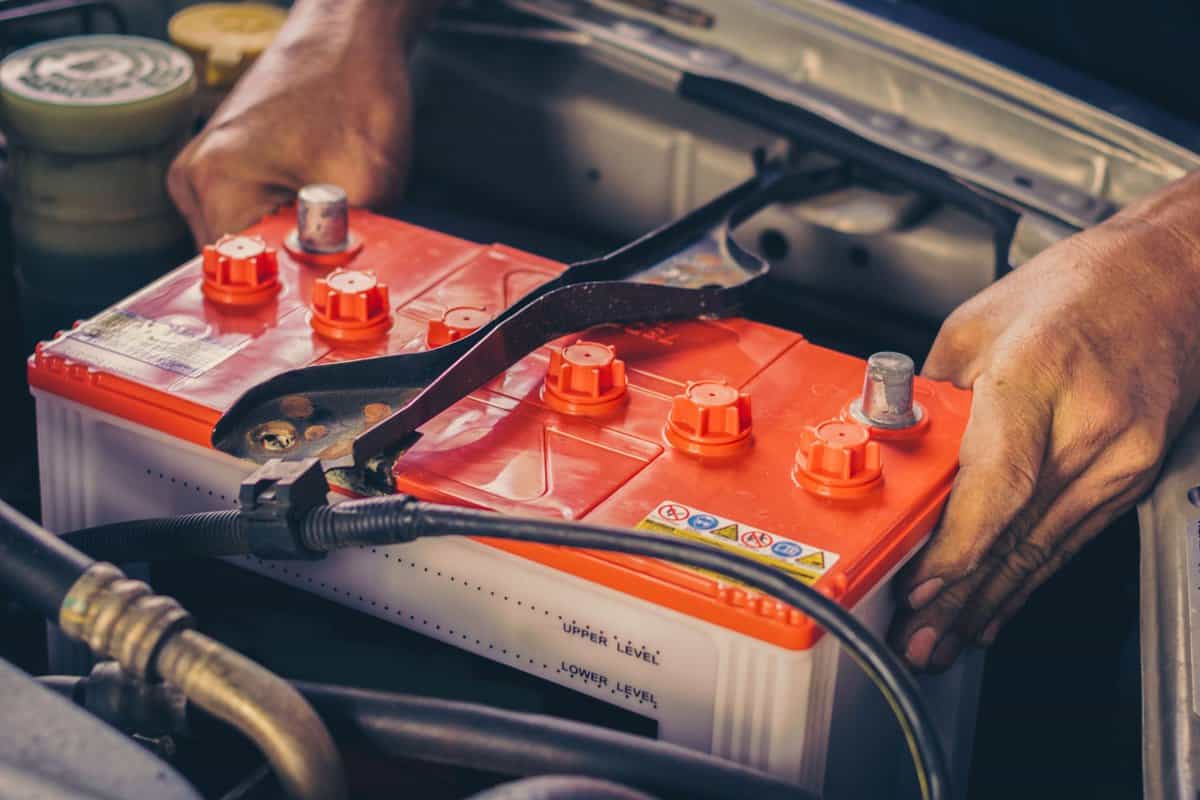
Block heaters can improve fuel economy by allowing the engine to warm up faster in cold temperatures, reducing engine wear and increasing fuel efficiency.
However, the improvement in fuel economy will depend on the specific make and model of the vehicle and the driving conditions.
In general, using a block heater in frigid temperatures can result in a noticeable improvement in fuel economy, while in milder temperatures, the effect may be minimal.
Is It Okay To Start A Car With The Block Heater Plugged In?
Yes, it is safe to start a car with the block heater plugged in. In fact, starting a car with a heater that's plugged in can make the process easier, as the block heater warms the engine coolant. However, be sure to unplug the block heater before driving to avoid accidents.
How Do You Size A Block Heater?
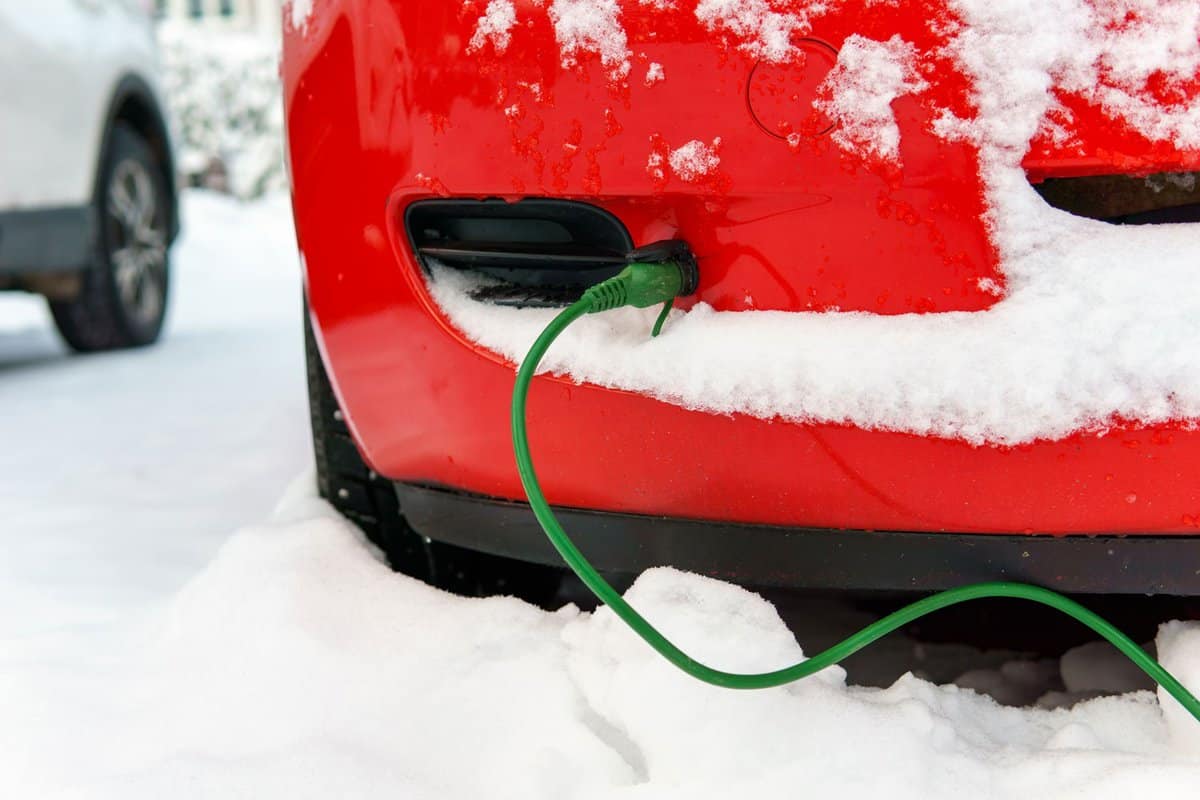
To buy the correct size of block heater for your engine, you will need to consider factors like the engine size and type of coolant. The size of your engine will determine the size of the block heater you need.
Heaters are typically available in different sizes for different engine placements. Make sure you purchase a heater that is compatible with the type of coolant used in your engine.
The location of the heater on the engine will also affect the size and type of heater you need. Some heaters, such as the oil pan, are designed for specific installation locations. Some brands and models of vehicles may have specific heater models designed for them.
What Can I Use Instead Of A Block Heater?
You can use a glue-on-pan heater in place of a block heater. A glue-on oil pan heater is a device that attaches to the bottom of an engine's oil pan and is used to heat the oil in cold weather.
The heater is typically made of a flexible heating element that is coated with a heat-conductive adhesive. The element can be attached to the bottom of the oil pan and be plugged into an electrical outlet.
The heater warms the oil, which helps to reduce engine wear and improve starting performance in cold weather. It can be a great addition to vehicles in cold climates.
Check out this glue-on-pan heater on Amazon.
Can I Use Any Cord With A Block Heater?
You should use a heavy-gauge extension cord for your block heater. The gauge of the wire refers to its thickness.
A heavy-gauge extension cord can handle the block heater's electrical load, which may be quite high. It will also result in safer, more efficient operation. A 16-gauge cord is a safe recommendation for most block heaters.
Can A Block Heater Start A Fire?
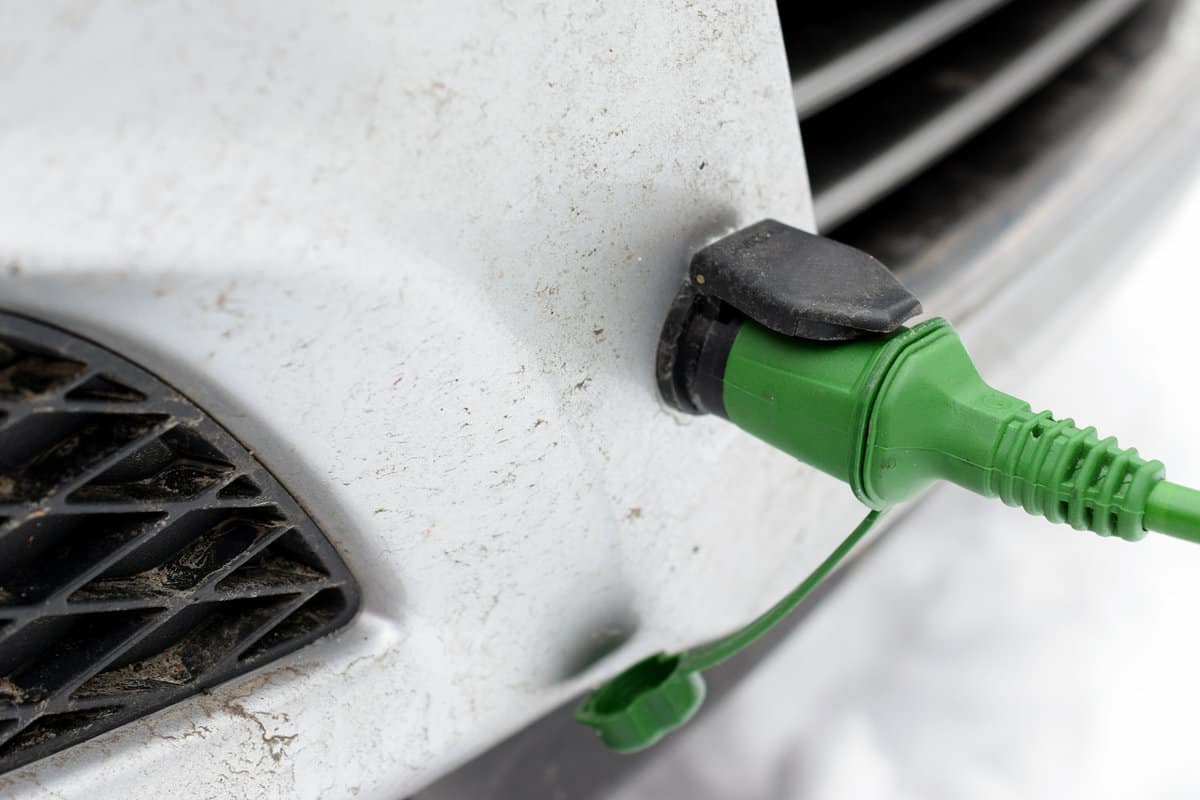
A block heater can start a fire if it is not used properly. For example, if the heater is placed too close to flammable materials, it could certainly start a fire.
Additionally, if the heater is not functioning properly and overheats, it could start a fire. You should follow the manufacturer's instructions carefully and use the block heater safely.
Final Thoughts
A block heater is used to preheat a vehicle's engine block before starting to improve performance and reduce engine wear. A block heater typically draws between six and 20 amps, depending on the size and power of the unit.
To learn more about car engines, check out these engaging posts:

